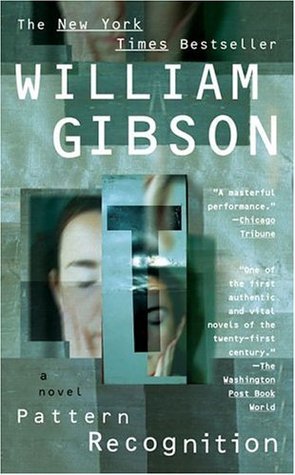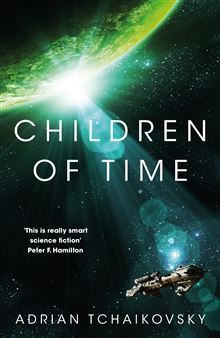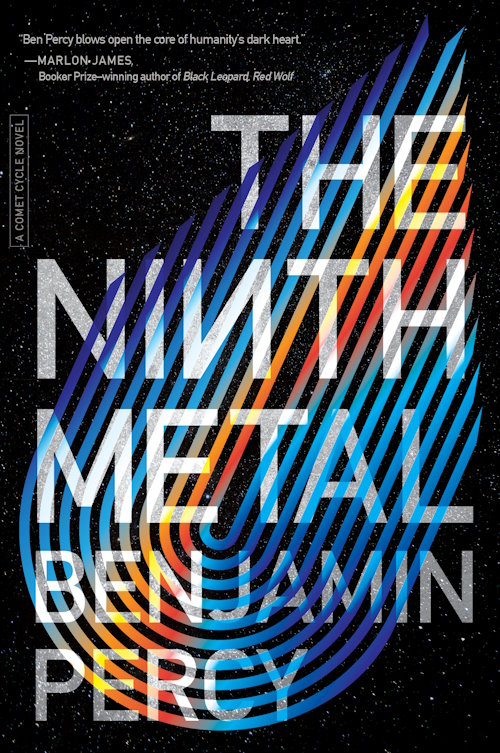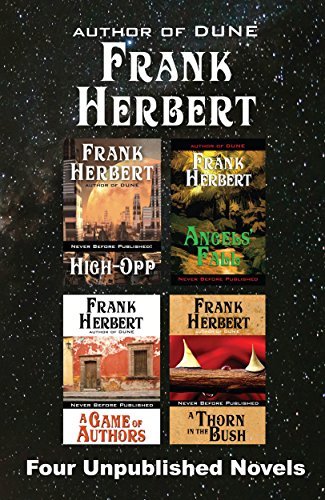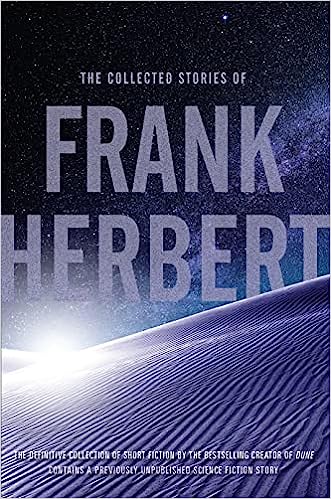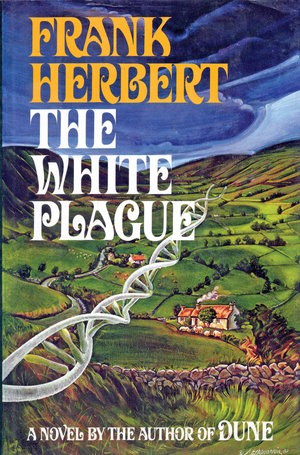
Intro
The Grob Attack, named not after the word grob (coarse, rough. uncouth, rude, crude), but from Swiss IM Henri Grob, who analysed and played it his entire career, is defined by the opening move 1. g4?. That's not a question, that's the mistake sign for a move in PGN syntax. Lichess sets it automatically on any analysis as the computer evaluation goes to -1.5. The opening's Wikipedia page opens with a quote from IM John Watson who calls it "masochistic", a move that could only appeal to people who enjoy pain.
And yet, the statistics of this opening tell a different story altogether.
Stats
For the entirety of the games in the Lichess stats, the Grob opening loses more than it wins, but it's 47% wins vs 49% losses. And once you refine the search, things become more interesting. Let's remove the 400 rating player bracket. Suddenly it's 48-48. Let's remove the 1000,1200 and 1400 bracket: 49-47; it's winning! OK, maybe we should look at every bracket in isolation (and imagine Hans Rosling presenting):
- 400: 40-54, a massive loss which influences the entire statistic, even if it can hardly be called chess at that rating.
- 1000: 43-52, amateurs do not do well starting with such a move, obviously.
- 1200: 46-50, at this level chess is real, but Grob still loses.
- 1400: 47-49, same as the general statistic. What is going on?
- 1600: 50-47, a massive jump!
- 1800: 49-47, is this an opening that only works between 1600-1800?
- 2000: 49-47, a rating I can only dream of for myself and Grob is still ahead!
- 2200: 48-47, what?!
- 2500: 47-47, at the highest level of chess, 2500+, people win as much as they lose with this opening.
From now on we will stick to all chess games over 1600 rating, for quality, and without Ultrabullet, which is not chess.
You will say: you can always start with the Grob and transpose into one of the more common openings. I mean, people probably don't play 1. g4 d5 - the Grob gambit, they don't follow with 2. Bxg4 c4 - the Fritz gambit, right? You would be wrong. That's the most played line and the line that Stockfish would go for. And guess what, the winning statistics change to 56-40 after this sequence of moves, even while the evaluation is -1.7!
But, you will say, you're probably not looking at the Masters database for a reason. I am sure there is a refutation for it! Well, yes, Stockfish seems to think so, yet at every level this opening seems to be slightly better for White. Even at 400-1000 rating level once it reaches this Fritz gambit position the win ratio is 56-42 while at 2500+ rating (2000 games) it's almost equal.
So why does it happen? Why is Grob so successful? I am going to tell you. It's because Black doesn't play c6 and doesn't protect the d5 pawn. Or they blunder a piece :) That's the prize in this opening. You either get d5 or pivot immediately to another plan as White, and you better defend it as Black. And most of the moves to maintain the advantage feel unnatural to humans.
Then why does White lose if this is so good? Usually because they lose tempi. This opening is like the movie Crank, you have to move or die. Nc3 is essential, d3 to free the bishop and if somehow Black blocks the h1-b8 diagonal, then Nf3 or Ne2 is again necessary. But will you have time to make three development moves after your queen did everything while Black developed?
I will begin, unusually, in Grob style, with the Stockfish refutation. It's interesting, but hardly easy to "feel" it as a human being. I will then continue with the general plans. Then show you twelve different traps, the first being the main line!
Refutation
At the beginning of the game, right after 1. g4, c6 is a completely dumb move as it loses all White advantage. It doesn't develop and blocks an important development square. What about after 2. Bg2? It still loses a point in evaluation because White can now protect the g4 pawn. But after 2...Bxg4 3. c4, the move 3...c6 is what Stockfish recommends while also being the most played move at 2500+ levels. It's such an ugly move, though. Who, having not been studying this opening, would move a pawn to block the natural development square of the knight, delaying king castling even more, moving another non central pawn?
Well, one might argue that after the next best moves 4. cxd5 cxd5 the square is freed, so no biggie. But after 5. Qb3, Nc6 is still not available because b7 is hanging. Better defend it, right? Wrong! 5...Nf6 is the best move by far according to Stockfish, defending d5. So the continuation must be 6. Qxb7, right? Wrong again. 6. Nc3 for White, attacking d5, inviting d4. That move would be disastrous, leading to +4.5 eval since Black cannot save its rook. So what is the best move here? Nc6 is top 2, finally playable, but White will scoop that d5 pawn.
The second top 2 move is 6...e6. Another pawn move. The d5 pawn must be defended! Or rather, the diagonals to f7 and b7. The computer can't really decide on which of these moves is better, but more often than not it says e6 is superior to Nc6.
Can you reach this point and not consider this opening exciting?
Let's take a step back and check that b7 pawn. Can't we take it with 6. Qxb7? We push the knight to a more passive square which also blocks the Black queen's defense of d5, we gain a pawn, we block the rook since it has to guard a7, nothing can attack our queen. And indeed, it's the closest best move. However, the moves Nc3 and d3 are essential for White in most lines at some point or another. Let's be adventurous and kill the b7 pawn, followed by 6...Nd7 only move. The computer eval is still... -2. Stockfish is certain Black is better, because White has only developed a queen and fianchettoed a bishop, while Black has one center pawn, two knights and a bishop out and two open files for the rook.
7. Nc3 is the only move now. Develop as fast as possible. Black has the initiative, you have to take it back. If we take the d5 pawn now, with the bishop, we lose the bishop when the rook attacks the queen. Qc6 is met with Rc8 which either loses the queen or leads to mate.
So 7. Nc3 Rb8, attacking the queen and leaving the a7 pawn undefended. Should we play Qc6 like a computer or take the pawn? Not that much difference in eval, let's take the sucker! We are being greedy. 8. Qxa7 e5. Only move!
Why didn't e5 work a move before? Because our queen was attacking d5. Remember d5? Black has sacrificed the a7 pawn to protect d5 and we went for it!
But... d5 is still undefended. Both knight and bishop attack it, while the Black queen is blocked by the knight we force-moved there. Why not 8...e6, then? Wouldn't that free the bishop and also defend d5? Because Black's best play here is to try to coral the White queen. Black is still better with e6, but with less than a pawn. A move like e6 allows Qe3, escaping from the war zone into the safety of its troops. e5 on the other hand leads to a fork after Qe3, winning the knight.
So we take another pawn! 9. Nxd5, so juicy! White is two pawns up, including d5, yet the eval is now -2.4 ?!
This line is not the Stockfish main line, but it's pretty damn close. All Black moves are computer generated while for White I've selected slightly (<0.2 eval difference) worst moves, but more greedy.
This position is amazing! Look at it! The Black queen side is devastated, White plays with just three pieces, both kings are in the center and with no prospect to castle any time soon, if ever, and the only centralized minor piece White has is about to get captured. It's, again, the only move to maintain the advantage, even if it exchanges a minor piece whilst two pawns down. Black cannot stand before two heroes on the board! So many unnatural looking moves just to keep that -2 advantage for Black. If you didn't read this post, you would never have made them, right? So, 9...Nxd5 10. Bxd5.
Black is now using its initiative to explode outwards. 10...Bc5, with tempo, attacking the White queen. The hunt begins! Qa4 and Qa6 are the only available moves, we use Qa4, best, for pinning a knight to the king and long-attacking the bishop. Rb4 is the best move, attacking the queen again and protecting the bishop in the process, yet the second best move is more positional: Bf5, taking the c2 square from a retreating queen. But we go with the best 11...Rb4. What is White to do?
The queen can retreat into a pin (Qa3), hide itself between Black pieces (Qc6) or stick itself right in, with Qa8, which is actually the best. All others are mistakes. This is the price of the hero queen: once cornered her skill and power does not matter, she will be hounded by minor pieces until she dies. The only solution, exchange itself for the enemy queen: 12. Qa8! There are tears in my eyes. I loved that queen! But the rook interferes again: 12...Rb8. Only move! Any other move brings the eval from -2.7 to 0 or better for White. The queen survives, as it retreats again at Qa4 and forces black to go with the positional move Bf5 instead or accept a draw by repetition.
14. Nf3 and White is finally getting out other pieces. Black's queen hunt failed, they castle short, bringing the king to safety. Yet our hero queen is not done. She follows the Black queen in a quest for mutually assured destruction: 15. Qh4. When having material advantage, exchange stuff. If the Black queen were to capture, the eval would go to +1 for White. So 15...Be7 16. Qh5 {attacking the bishop} Bg6 {attacking the queen} 16. Qh3 e4 {attacking the knight} 17. Bc6 {attacking another knight} Nc5 18. Ne5 Qd6 {attacking both knight and bishop if knight leaves} 19. Qg3 {defending the knight which defends the bishop}
It's madness. After 20 moves the position looks like this: White has a queen and two minor pieces out. Every other pawn and piece on the board (including the king) have not moved at all. It's like White is playing blitz... krieg! Time is all that matters. If White loses tempi, they are lost. Black, on the other hand, is two pawns down, has all pieces out, the king castled, a pawn well advanced into White territory. Evaluation is now -3.5.
This is the "refutation" of the Grob Fritz gambit: a very positional computer-like play that no human would use or, if so, would actually enjoy playing.
The first chapter in the study below is the cinematic version of what I wrote above.
Plans
Every good opening has a plan. The Grob has some, but they are crude, coarse, uncouth, perhaps even rude. It counts on the fact that the opponent will either drop a piece, fumble their rook or trap their knight or even their queen. The goal of the opening is to equalize, winning the game is just the cherry on the cake. Here are some ideas for White:
- invite the opponent to overextend pieces to places they are not so well suited for, then isolate or even trap them
- harass the queen side, thus keeping the king side locked
- prepare very long range attacks, from the fianchettoed bishop and the wayward queen, giving the opponent chances to hang pieces
- always attack the rook in the corner, but the objective is not to actually take it, but to distract
- once the light squared bishop is spent or neutralized, switch to attacks on the semi-open g-file
- after the queen has stopped attacking by herself, the queen-side knight is essential to support her retreat or subsequent attacks
- once material advantage has been secured, the position is probably bad, so exchange pieces as much as possible
- this is NOT a king attacking opening, instead it is a royal killing spree attempting to get opponents out of preparation and into a bloody melee
- there are two endgames with the Grob: the first phase, where we hope to distract and severely wound our opponent, then the actual end game, where we must convert the situation to a win
Check out the chapter Plans in the study above for examples of some of these ideas.
Traps and all kinds of fun
I've identified twelve traps, I am sure there are more, which stem from the Grob opening. There is a chapter for each of them in the study above, which is much better enjoyed on the Lichess website. There are some openings that really get one out of the Fritz gambit or even most ideas Grob, but I didn't see any reason why this opening would not be viable. Think of it as the Death Star: in order to refute it you must fly into a very tight canyon, defended by laser canons, and fire into an exhaust pipe, otherwise all is lost.
The master player who made use of this opening a lot, winning many games, is Michael Basman. Check out his games to see how a real pro does it.
Check out the Romford Countergambit chapters. It is a fun response to the Grob and a friend of mine has prepared a detailed video on it, which you can check out below, so expect a battle of openings!
[youtube:crRlcJNqk3s]
Hope you had fun!
